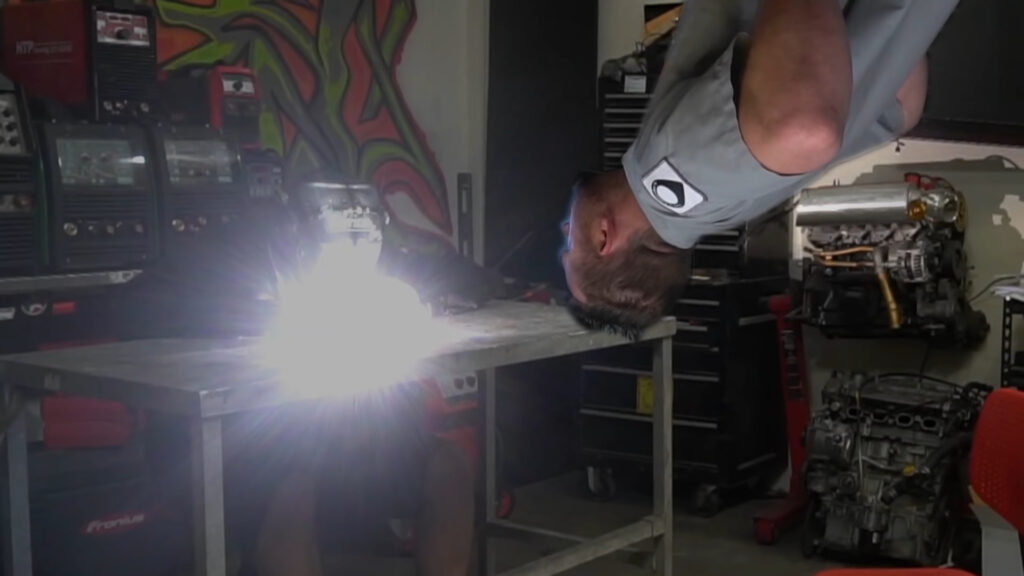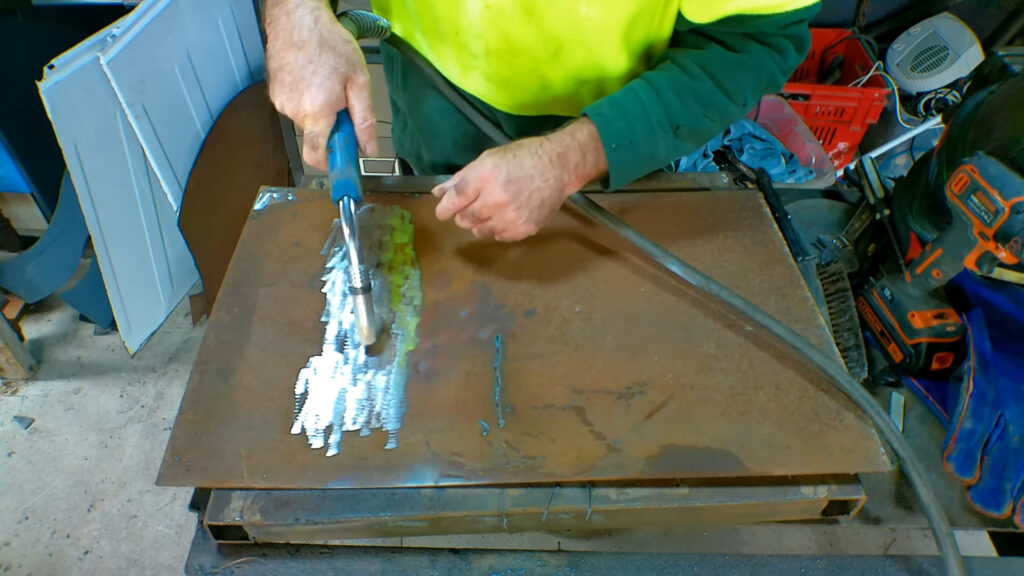Welding is a common technique used in various industries to join metals by melting them together. It involves the use of intense heat, bright light, and hazardous materials, making it a risky profession.
One of the most significant risks of welding is the potential for eye damage, which can lead to blindness. In this article, we will explore the answer “Can Welding Make You Blind” and the dangers of welding for eye health and how to prevent eye injuries.
The Mechanism Behind Eye Damage from Welding
Welding generates an extremely bright light that can cause immediate damage to the eyes. This intense light produces ultraviolet (UV) radiation, which can penetrate the eyes’ protective layers and cause photochemical reactions in the retina. These reactions lead to the production of free radicals, which can damage the delicate structures in the eye, such as the cornea, lens, and retina. Additionally, the heat from welding can cause thermal burns to the eyes, further exacerbating the damage caused by the light.
Types of Eye Damage from Welding
There are several types of eye damage that can occur due to welding:
Photokeratitis
Photokeratitis is a temporary condition caused by exposure to intense UV radiation. It is also known as “welder’s flash” or “arc eye” and can cause severe pain, redness, tearing, and sensitivity to light. This condition usually resolves within a day or two, but repeated exposure can lead to long-term damage.

Welder’s Pterygium
Welder’s pterygium is a growth of tissue on the surface of the eye caused by prolonged exposure to UV radiation. It can cause blurred vision, irritation, and redness and may require surgery to remove.
Cataracts
Cataracts are a clouding of the lens in the eye that can cause vision loss. Welding can cause cataracts due to the exposure to UV radiation and infrared radiation.
Retinal Damage
Retinal damage is caused by prolonged exposure to UV radiation and can lead to permanent vision loss. Welders are at high risk for this type of damage due to the intense light produced during welding.
Dexterity
While heat resistance is important, dexterity should not be overlooked. Welders need gloves that allow them to handle welding tools and perform intricate tasks with precision. Opt for gloves that offer a balance between protection and dexterity, ensuring a comfortable and efficient welding experience.
Preventing Eye Damage from Welding
There are several measures that can be taken to prevent eye damage from welding:
Use Appropriate Eye Protection
The most effective way to prevent eye damage from welding is to use appropriate eye protection, such as a welding helmet or goggles. These protective devices should be designed to filter out UV and infrared radiation and should be worn at all times during welding.
Maintain a Safe Distance
Welders should maintain a safe distance from the welding arc to reduce the intensity of the light reaching their eyes.
Use Adequate Ventilation
Welding produces fumes and gases that can be hazardous if inhaled. Using adequate ventilation can help to reduce exposure to these hazards.
Take Breaks
Welders should take regular breaks to rest their eyes and reduce their exposure to UV radiation.
Get Regular Eye Exams
Regular eye exams can help to detect and treat eye damage early, preventing long-term vision loss.
Conclusion

Welding is a hazardous profession that can lead to eye damage, including blindness. The intense light and heat produced during welding can cause photokeratitis, welder’s pterygium, cataracts, and retinal damage. Preventive measures such as using appropriate eye protection, maintaining a safe distance, using adequate ventilation, taking breaks, and getting regular eye exams can help to reduce the risk of eye damage from welding. It is crucial to prioritize eye safety in welding to protect workers’ vision and prevent long-term disability.

